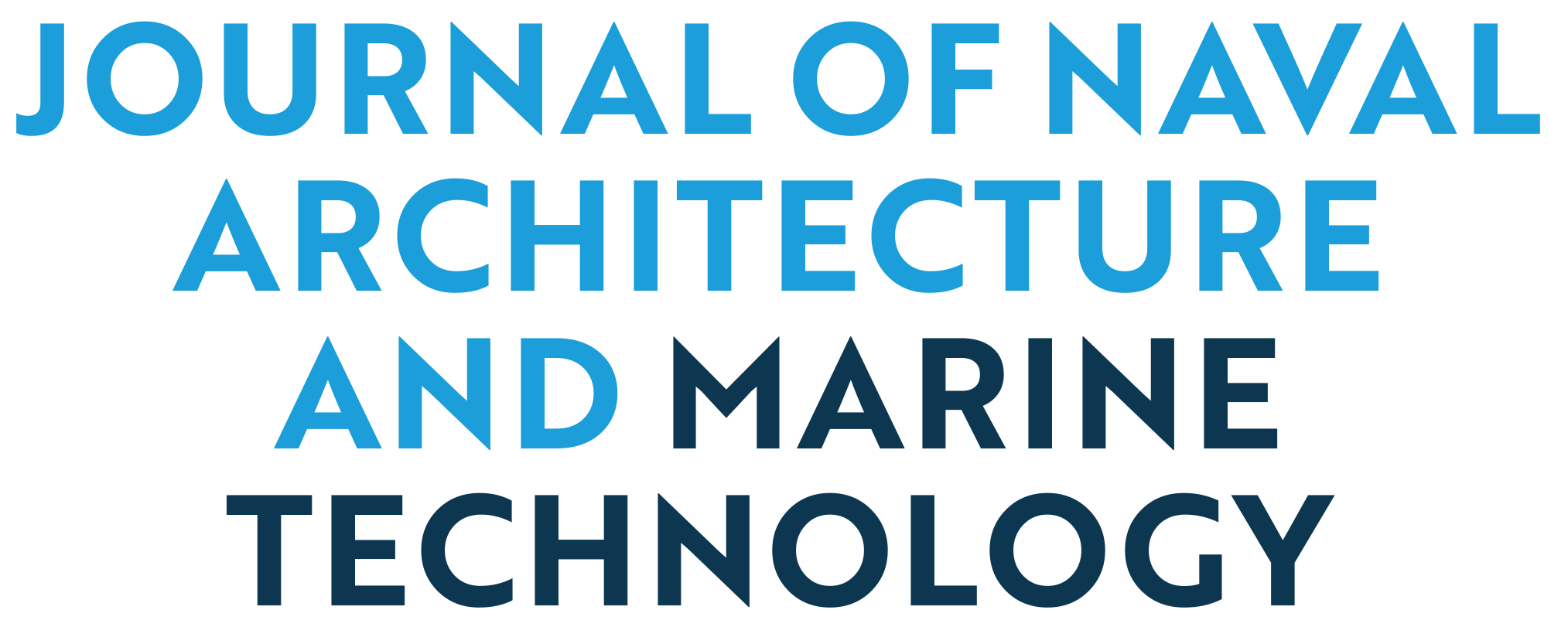ABSTRACT
Vortex-induced vibrations (VIV) occur as a nonlinear flow-structure interaction phenomenon on various types of structures, ranging from offshore structures to stationary and floating platforms. VIV phenomenon usually leads to structural damage and instability. However, recent studies have focused on harnessing this phenomenon directly for renewable energy generation or developing devices for various purposes. In this study, effects of free surface conditions were examined on VIV at high Reynolds numbers—a common challenge faced by researches aiming both to avoid the destructive effects or harnessing the benefits of VIV. To achieve this, the findings of experimental and numerical investigations on the VIV of a circular cylinder located near the free surface are presented. Initially, the VIV performance of a cylinder positioned sufficiently far from the free surface was experimentally measured. Subsequently, the same cylinder was gradually brought closer to the surface until its uppermost point aligns with the still free water level. While keeping experimental parameters such as mass ratio, spring stiffness, and Reynolds number constant for the condition where the cylinder produced the highest oscillation amplitudes, only the water depth was gradually altered. The flow characteristics around the moving cylinder and its VIV performance under each new condition have been interpreted. The study demonstrates that the oscillation amplitude, and frequency of the circular cylinder experiencing VIV under free surface effects can be controlled and adjusted based on the water depth. These findings have implications for various potential applications, including offshore wind turbines, wave energy converters, hydrogen production, and solar energy facilities, making them safer and more sustainable in open sea environments. In the study, the proposed experimental and numerical methods, parametric analyses, and main results are presented in detail.


